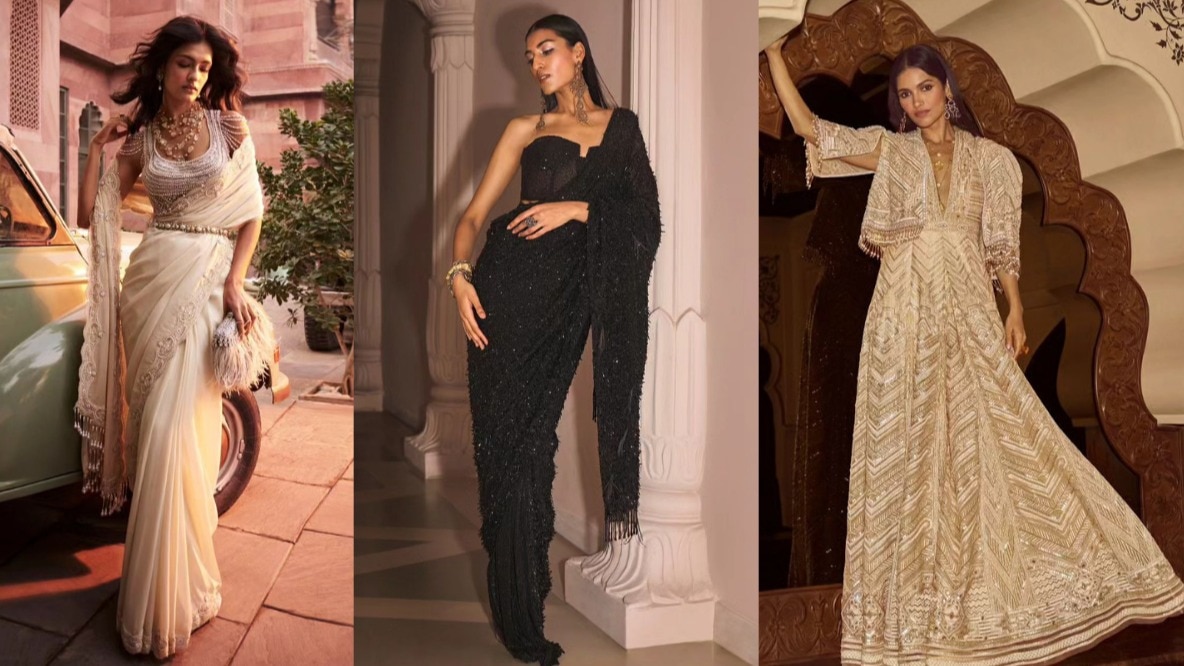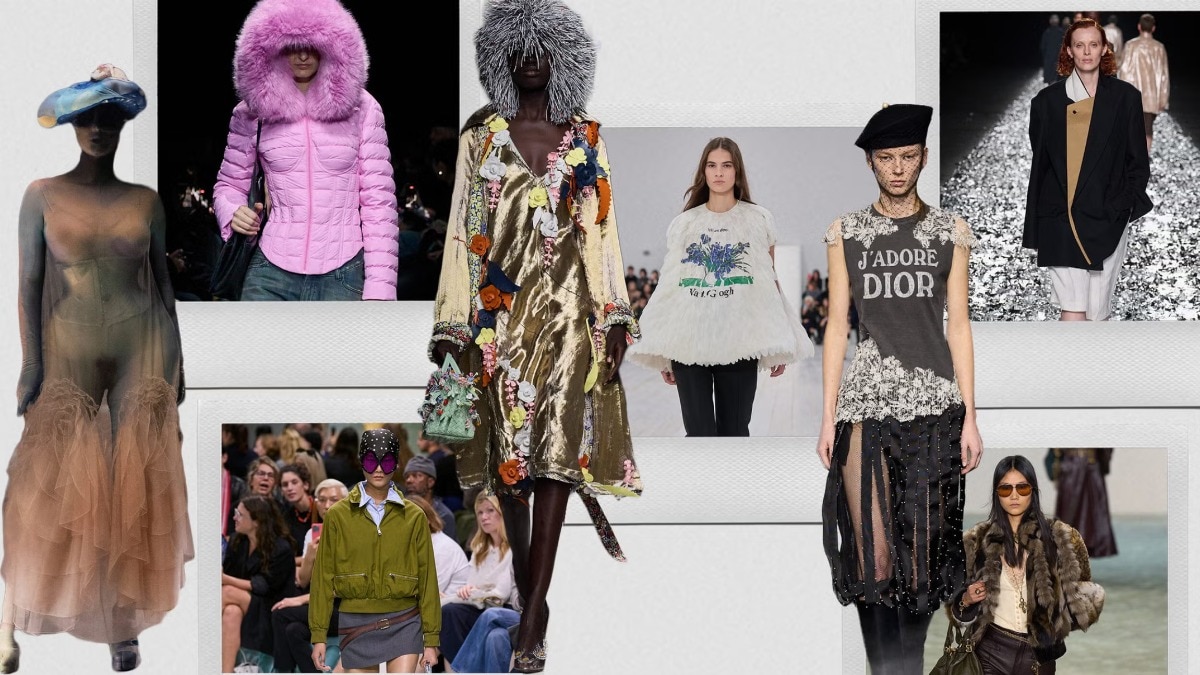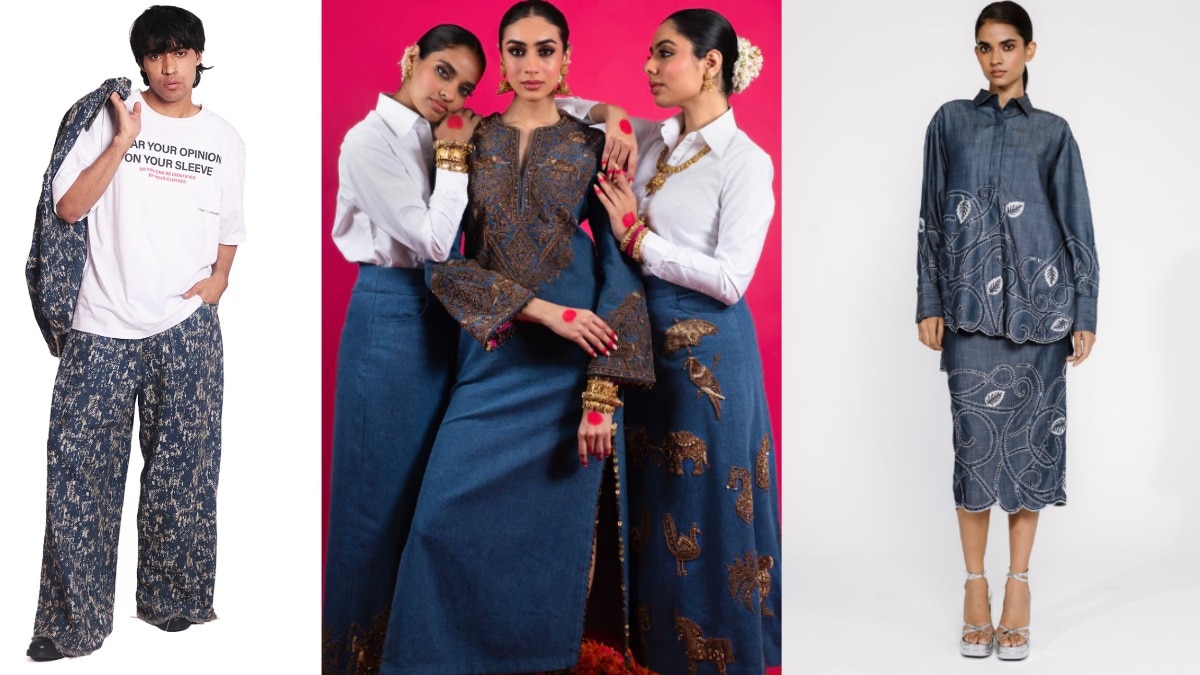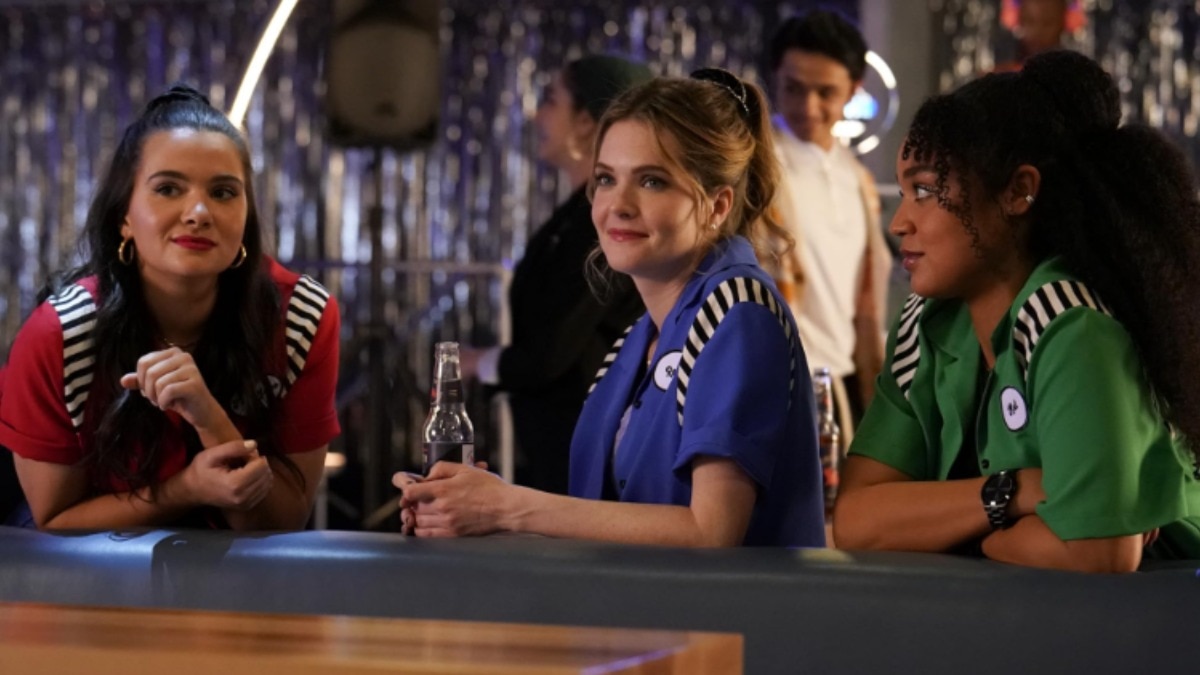Tarun Tahiliani on his book 'Journey to India Modern', his inspirations, Indian sartorial traditions, and more
The couturier reflects on his the journey and how he envisions a modern India.


Tarun Tahilani's vision and its translation into garments have reintroduced India to her own rich sartorial history and legacy. He pours down his thoughts and inspirations into his recent book, Journey to India Modern. In conversation with Bazaar India, Tahilani revisits his first drafts, outlines and motivation for curating the book.
Harper’s Bazaar: What was your idea behind curating the book, Journey to India Modern, and how long did it take?
Tarun Tahiliani: “As we completed 25 years of the design studio, the idea of the book came about to create a discourse in fashion, highlighting the profound influence of the draped form on our work, which is very particular to the design studio. The curation process was time consuming as our archives were improperly maintained, and things had to be collected and repaired which surpassed our initial time estimates.”
HB: How does this book contribute to the dialogue surrounding fashion?
TT: “Fashion discourse has historically encompassed various perspectives, yet within celebrity circles—it tends to be superficial and lacking in substantial discussions about craftsmanship. This book will be a find for people who’re fashion enthusiasts.”
HB: You have collaborated with fashion journalists while curating this book— how has that influenced its content?
TT: “I have collaborated with two fashion journalists, Nonita Kalra and Sujata Assomull who contributed exclusive essays to the book, which I believe, provided diverse perspectives on relevant aspects within their reach.”
HB: You envision a modern India in your book. What for you will be a modern man and woman in fashion?
TT: “For me, envisioning a contemporary India aligns with the life I live and the lives of my friends, and children. For us, it’s not about dressing up in a costume, but instead transcending costume-like dressing, representing a harmonious blend of past and present. In our reality, we eschew cinematic personas, prioritising authenticity, quality, and experiential richness.”
HB: You measured the lengths and breaths of the country to understand its sartorial craftsmanship. What inspirations did you find whilst travelling?
TT: “While travelling the expanse of this country, I have observed that the splendour of its landscapes is often overshadowed by the less appealing aspects of the urban setting. However, when I closely explored the serene countryside and quaint towns I uncovered the remarkable craftsmanship of skilled artisans. There’s still so much to see and I’d like to reintroduce that with fashion.”
HB: How does this book reflect your journey as a designer?
TT: “I was a complete novice when we started on Ensemble, and I remember being thrilled by how a lot of the designers who started with us were using their vision, bravery, craftsmanship and madness. So when I completed my studies, I immediately started experimenting with draping. We come to work with the possibility of creating something, and that’s what drives us.”
HB: Are there any key takeaways you hope readers gain from your book?
TT: “A central theme emphasised in my book is the diverse array of sources from which inspiration can be drawn, particularly highlighting India’s rich culture. The current generation of young designers has been exposed to the best of both traditional and contemporary worlds. The crux of my hope is that these designers will forge their unique fashion language—one that authentically reflects the essence of modern India as perceived through their own lens—that truly is India Modern for them.”










